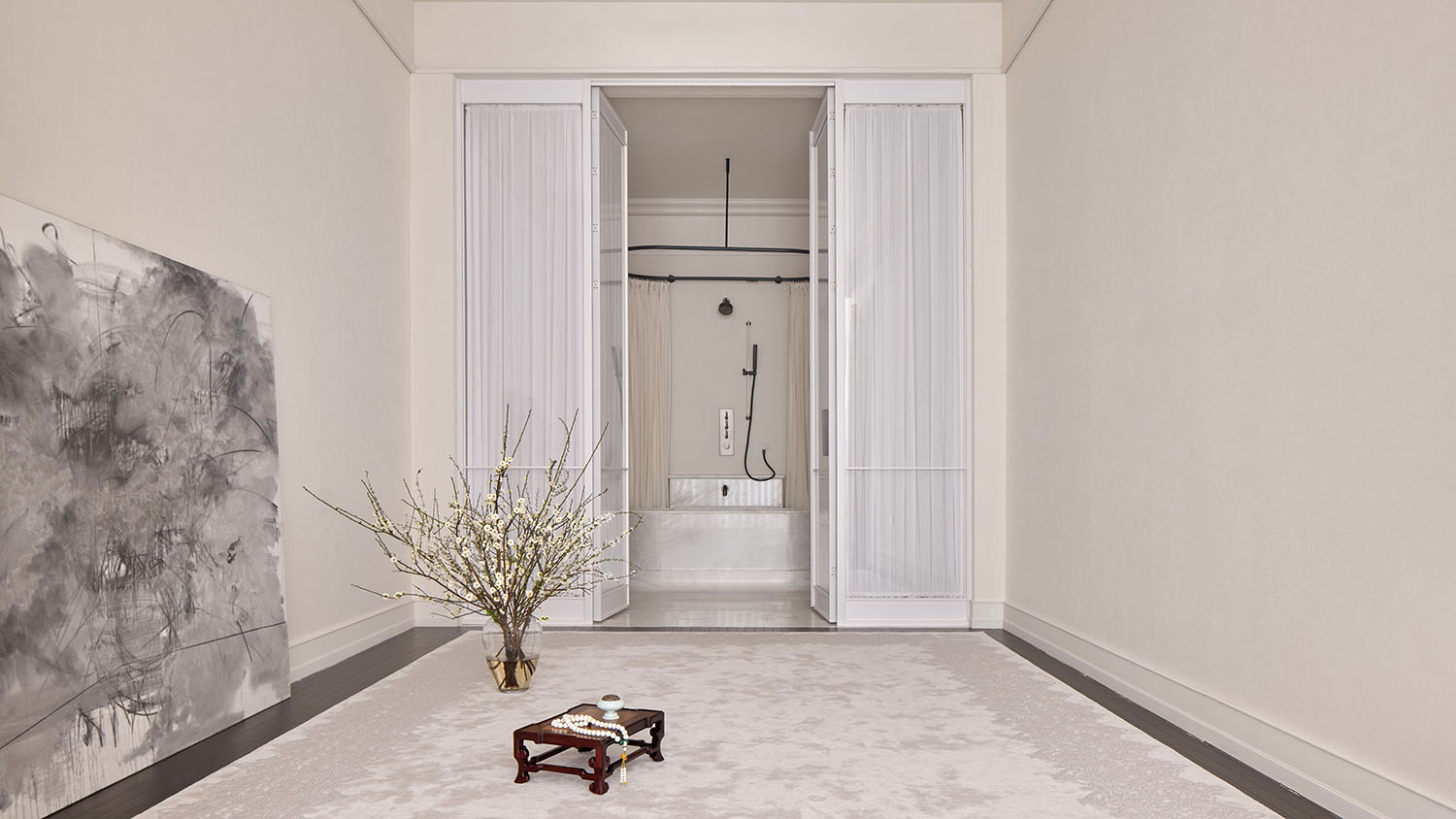Evolving Authenticity·8C Art Space
Situated along the Xiangjiang River in Changsha, the 8C Art Space functions as both a workplace and a creative sanctuary for the 8C team. The name ‘8C’ alludes to its core values: ‘8’ signifies infinity (∞), and ‘C’ embodies Creativity. Guided by this concept, the design transforms a conventional office into a versatile and inspiring multifunctional space, offering boundless possibilities.
Photo: ZHU Hai Video: ZHU Hai Stylist: ZHU Judy
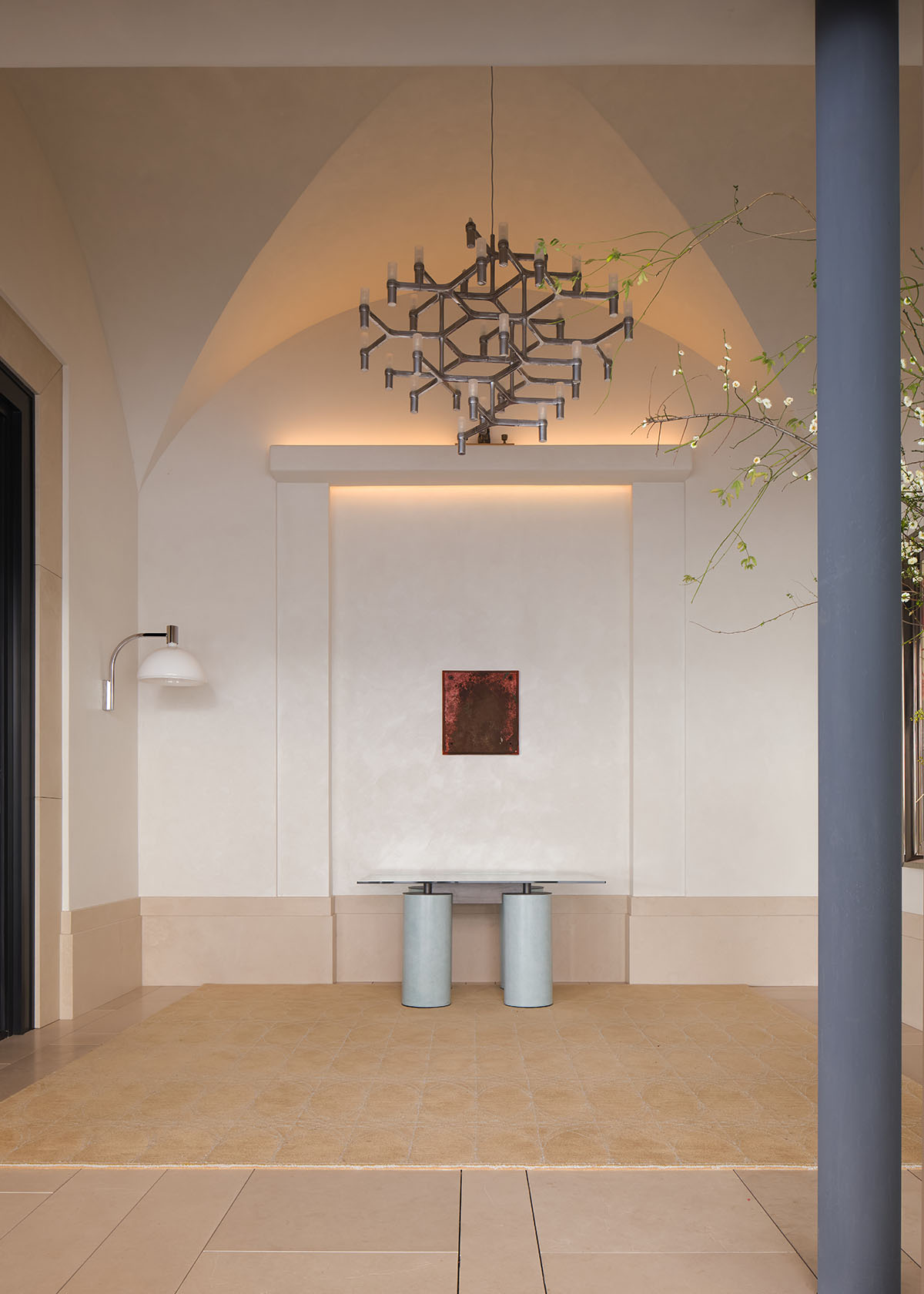
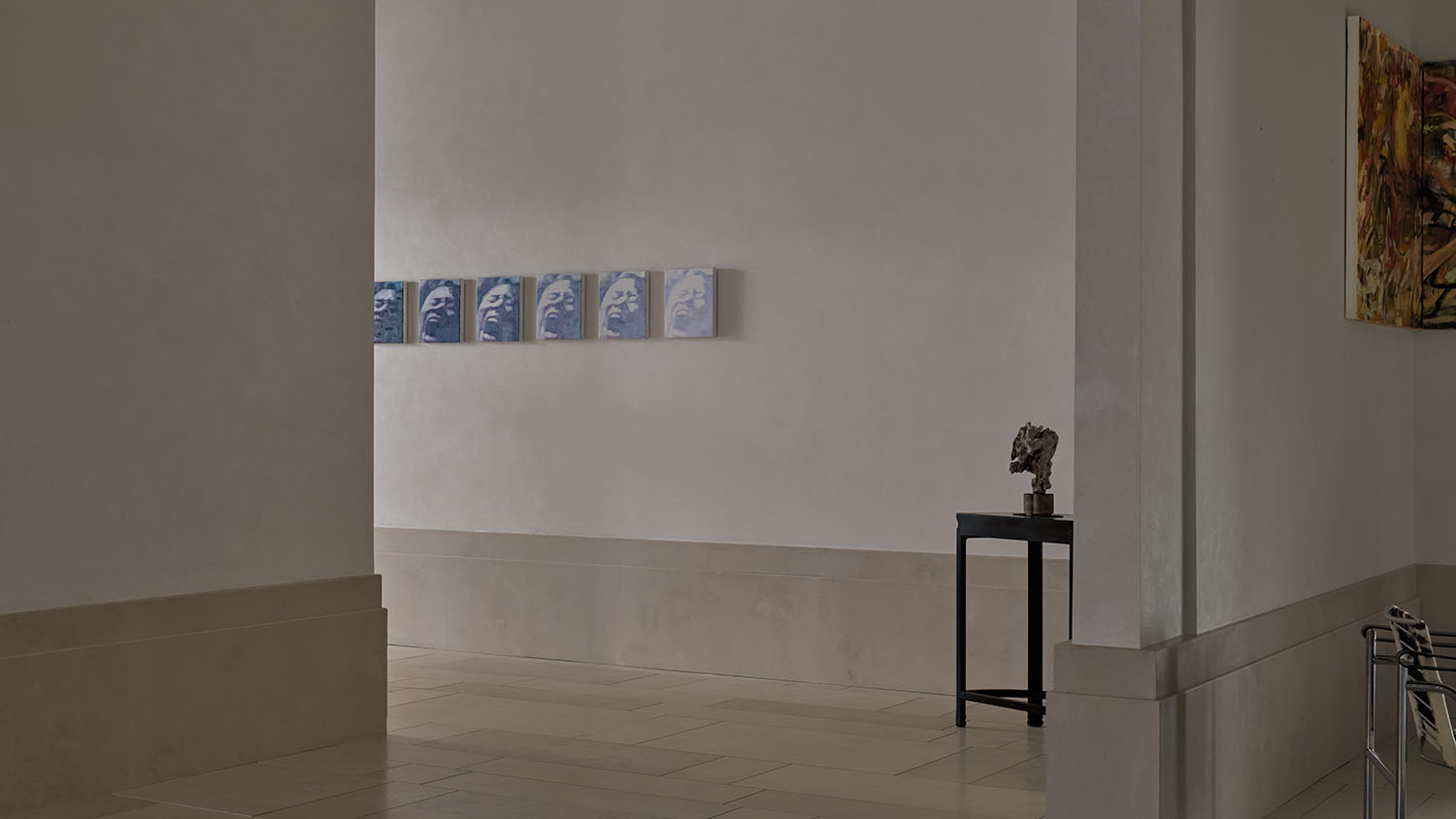
The entrance greets visitors with a warm, inviting ambiance, accentuated by the soft glow of dome lighting. Entering the space from the left corridor, a grand spiral staircase resembling a helix of life, along with exposed concrete pillars, supports the two floors, lending structure and strength to the space. On the floor, vertically laid lime marble tiles guide the eye, drawing viewers deeper in. The layout is thoughtfully organized around the staircase. On the first floor, the presentation room and design director’s office are situated to the left, while the right leads to the employee workspace. Ascending to the second floor, one discovers a spacious Literati Study facing the staircase, ideal for collaborative gatherings. To the left of the study, a sequence of rooms unfolds—including an audio-visual room, tea room, and meditation room—progressively transitioning from lively to serene. To the right, a coffee bar offers a casual spot for relaxation.
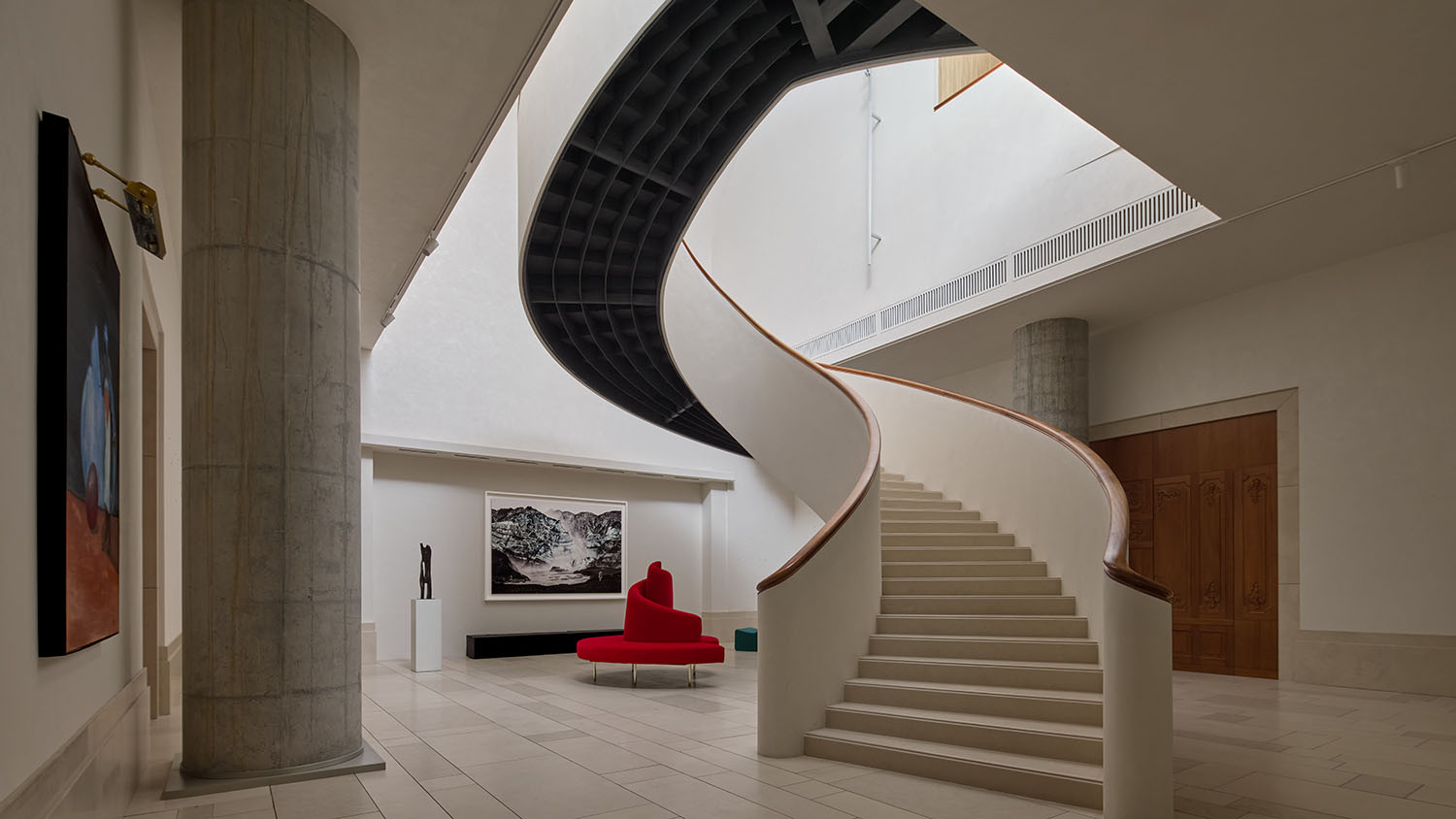
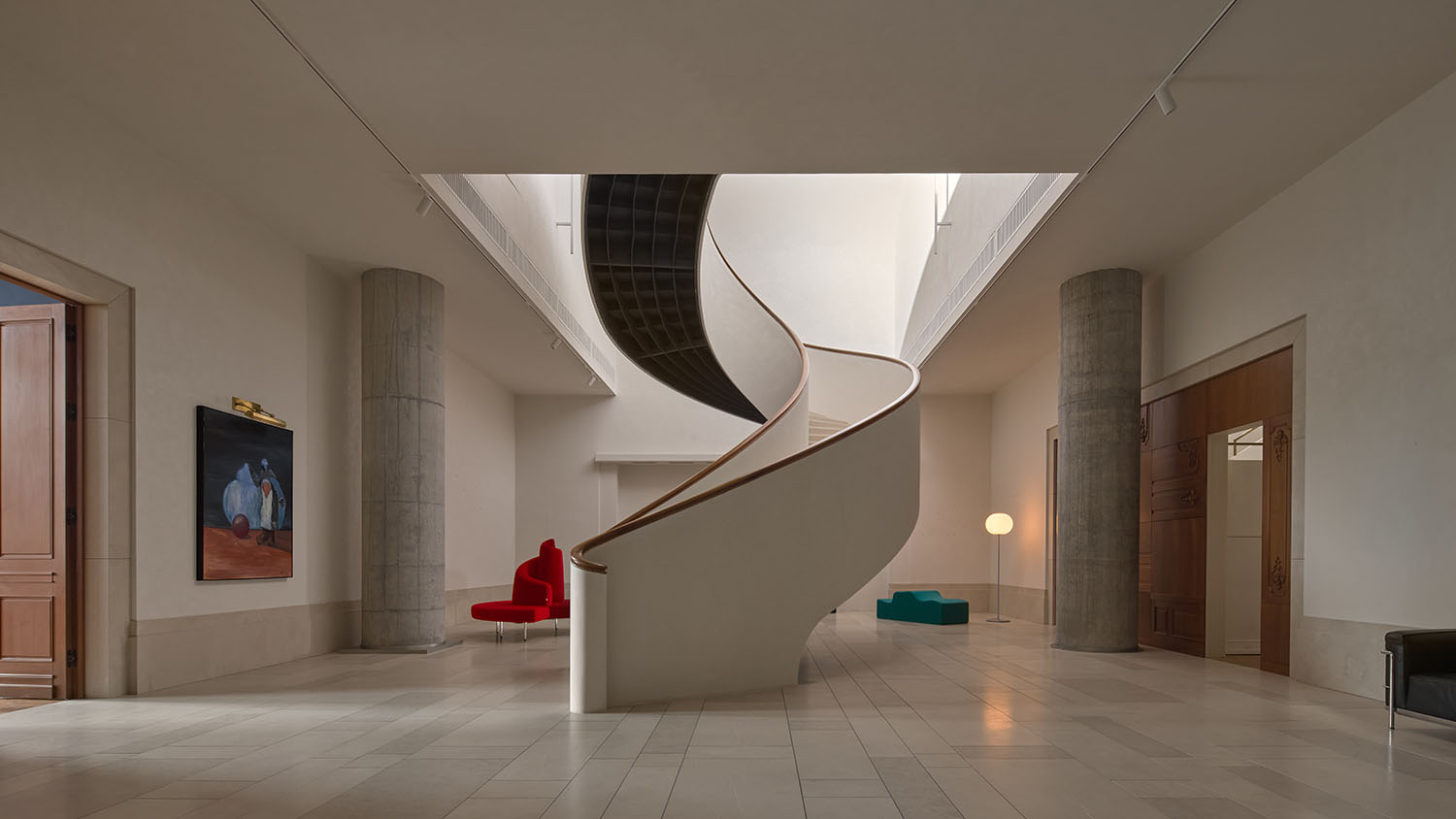
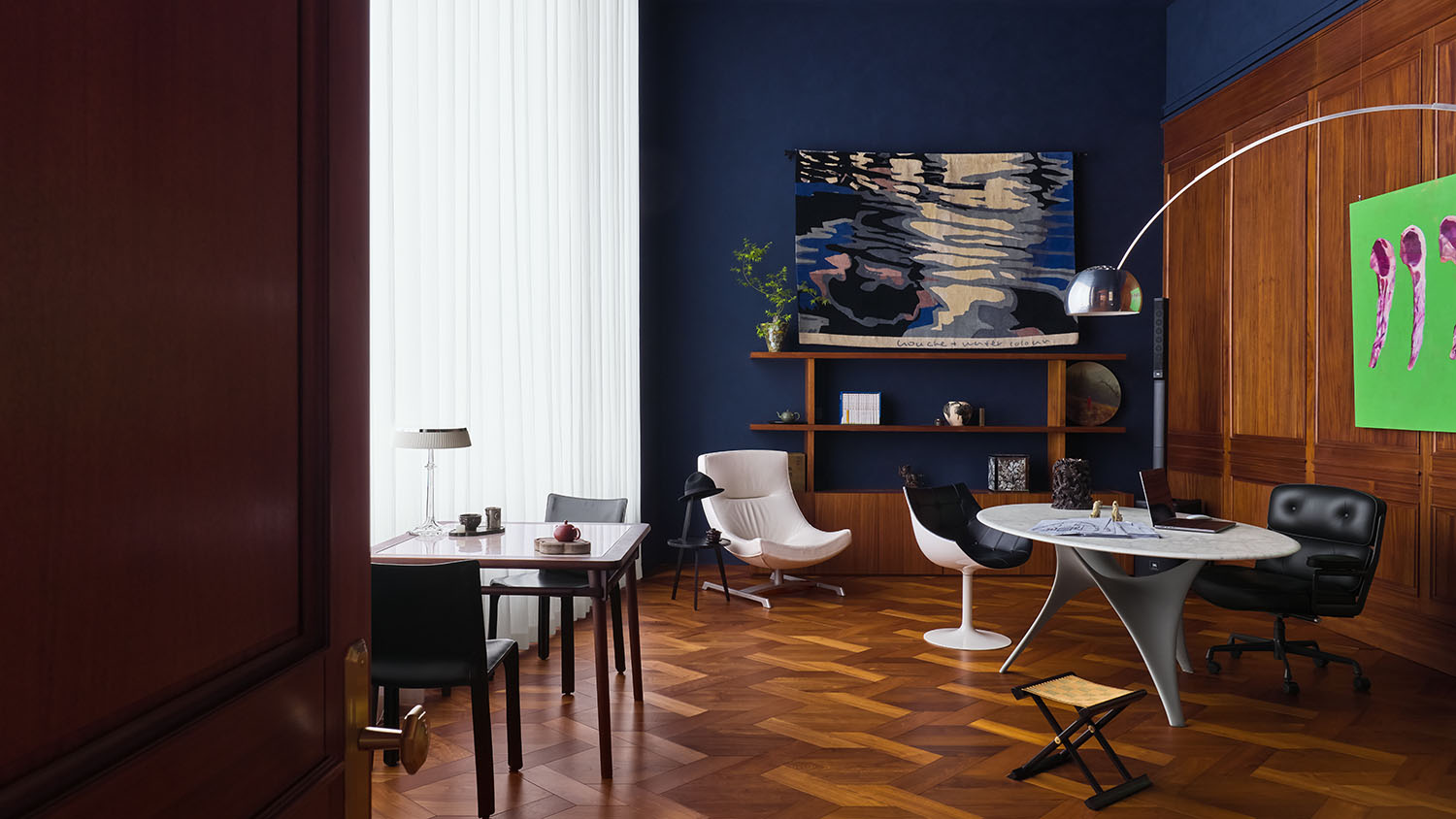
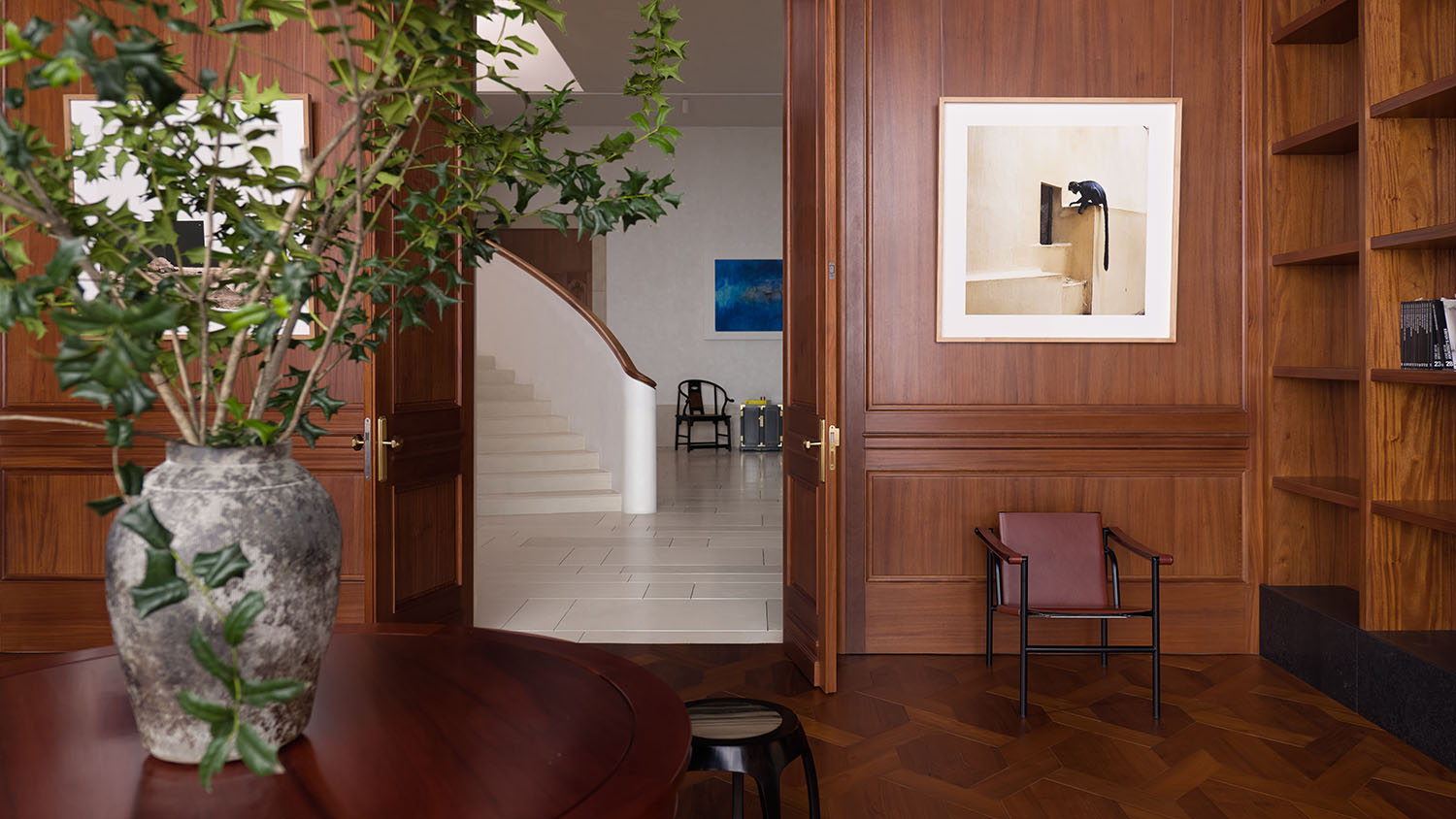
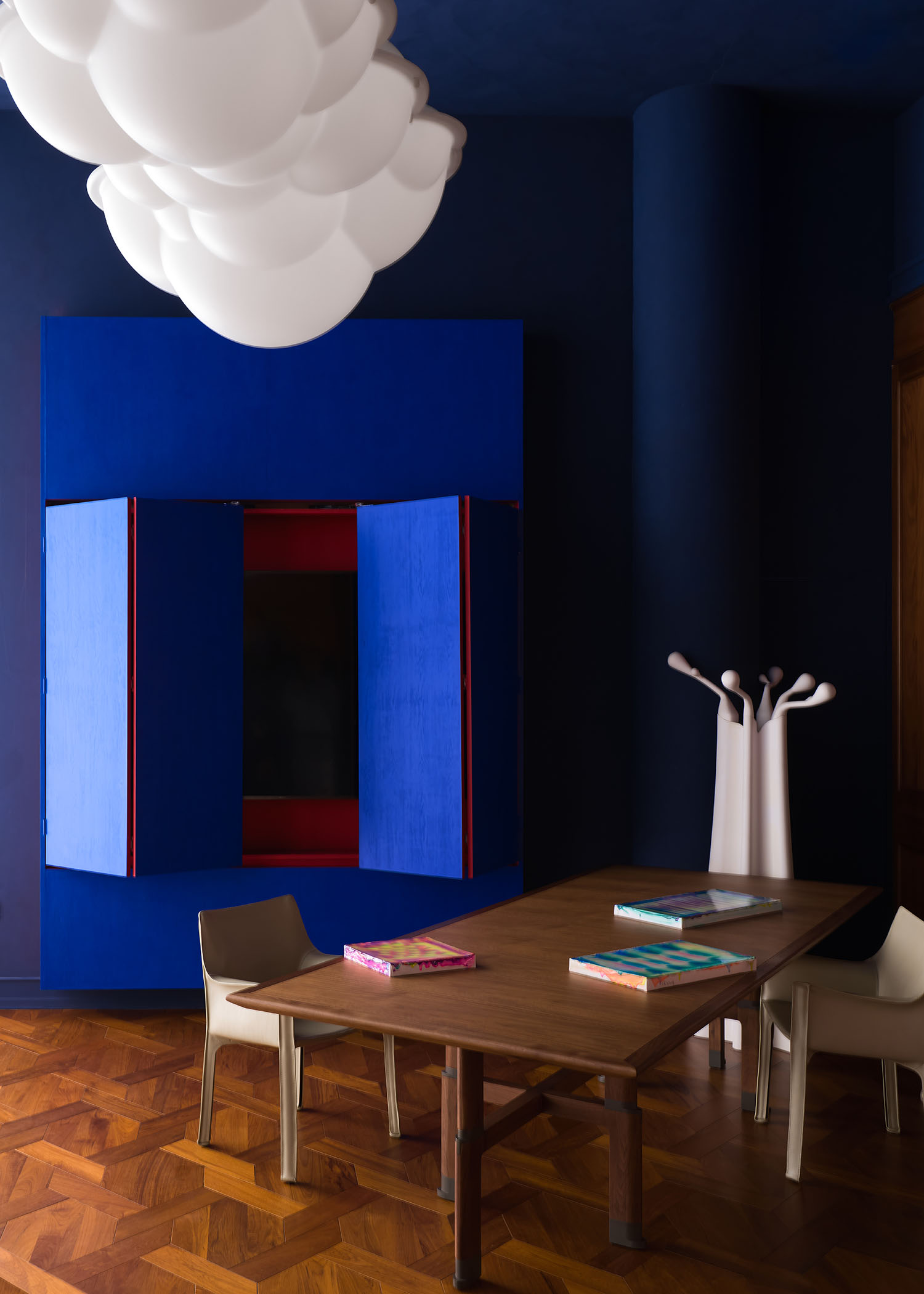
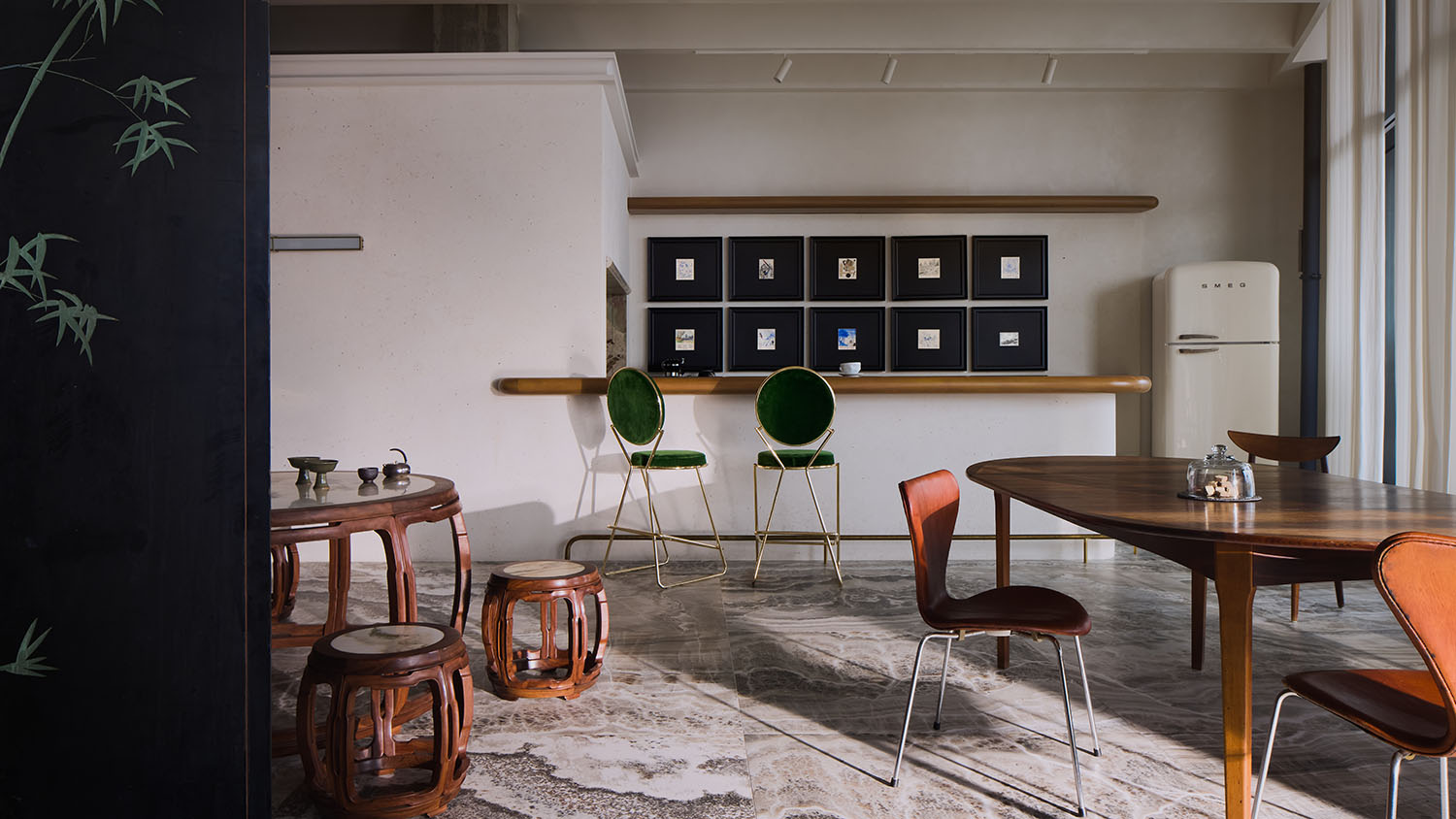
The core design philosophy of this project revolves around a shift: from a designer-centric physical space to a viewer-centric experiential space. Driven by intuitive sensibilities, the designer masterfully blends Eastern and Western furniture, global artworks, and exquisite handicrafts, crafting rich and diverse scenes that spark viewers’ aspirations and ignite their memories. The space’s function is fluid, directly responding to the needs and desires of its viewers, seamlessly transforming for work, social gatherings, art exhibitions, film screenings, collection explorations, Literati Gatherings, tea ceremonies, or contemplative meditation. This viewer-centric approach unlocks boundless possibilities.
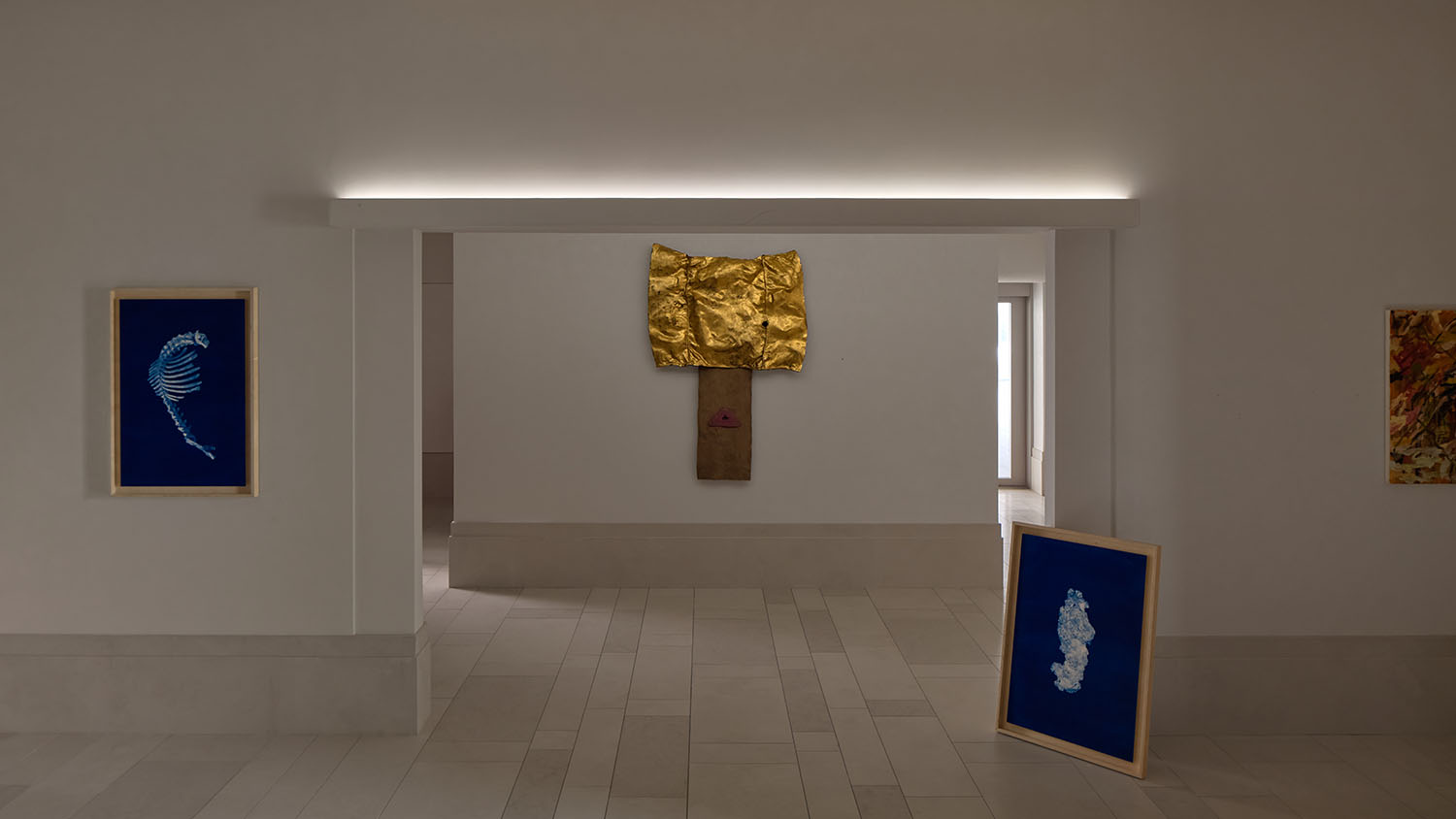
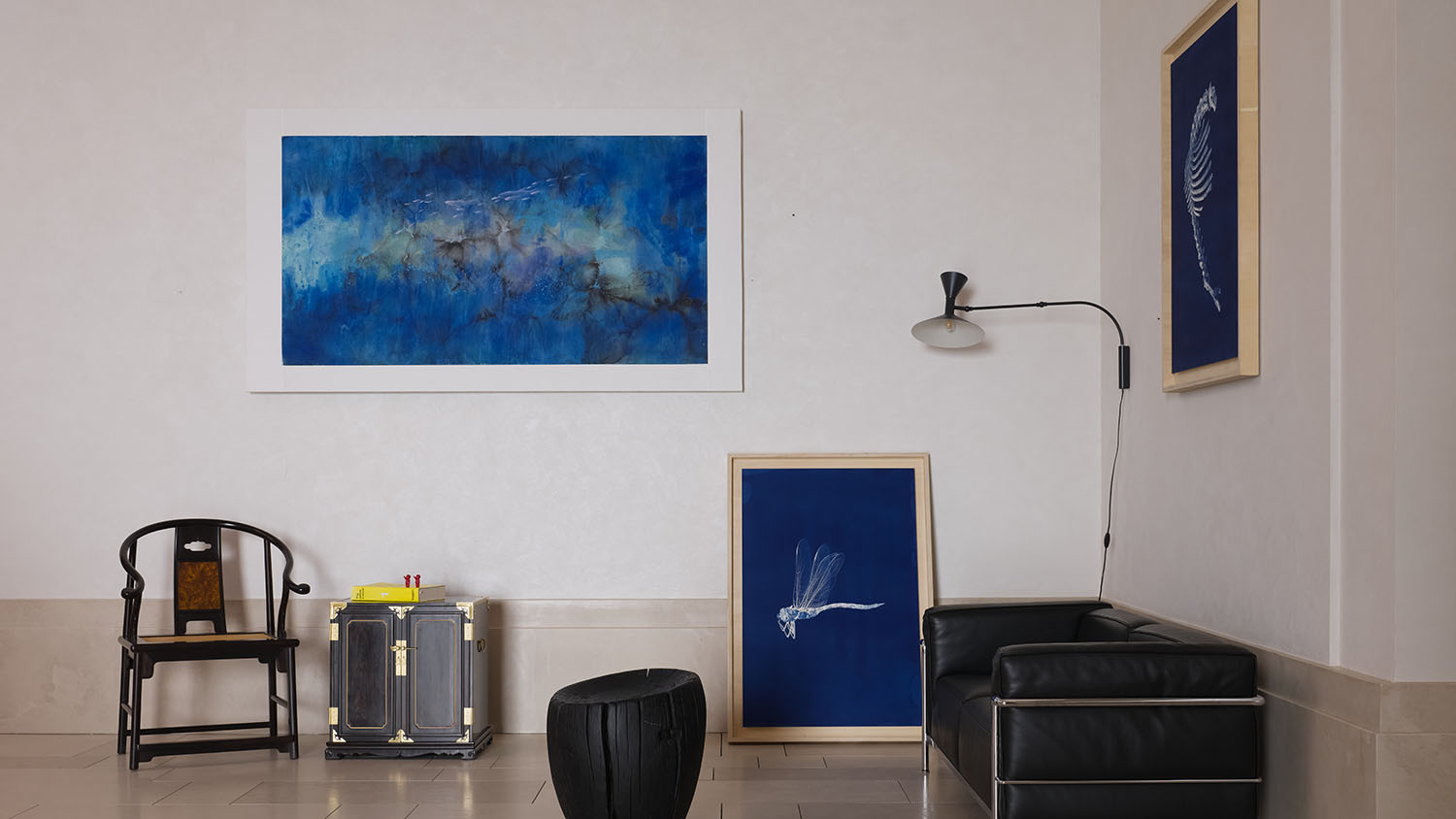
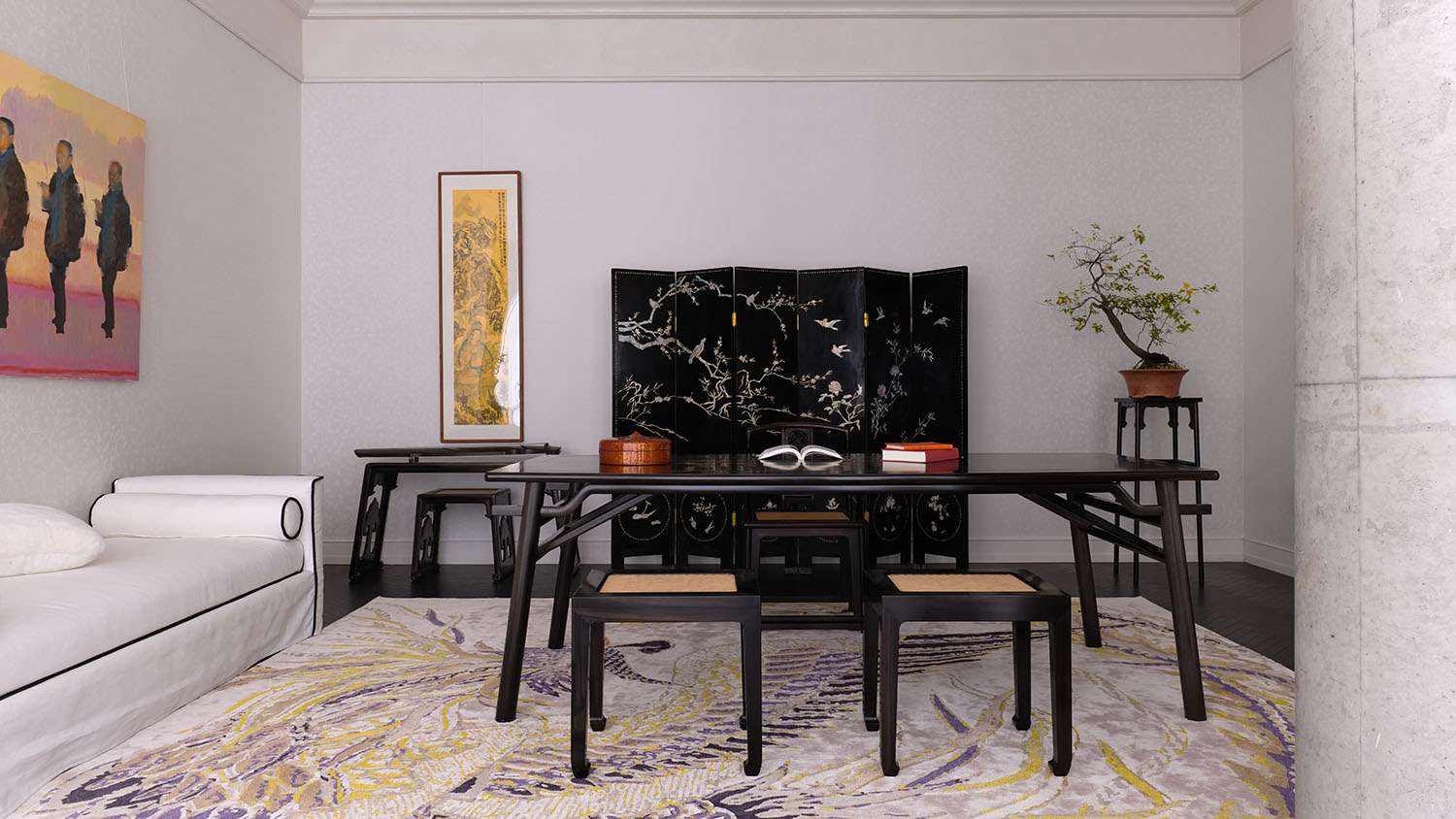
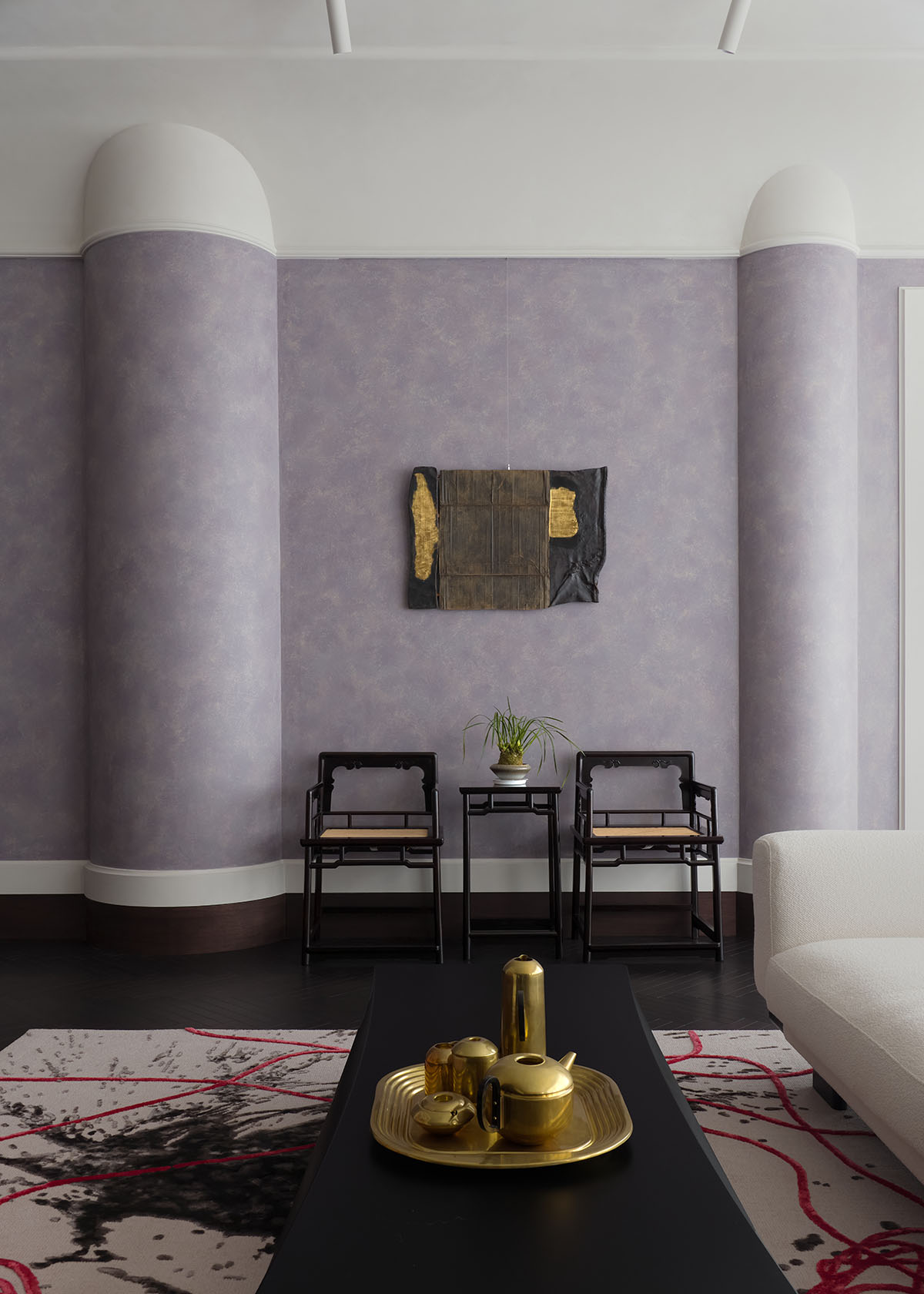
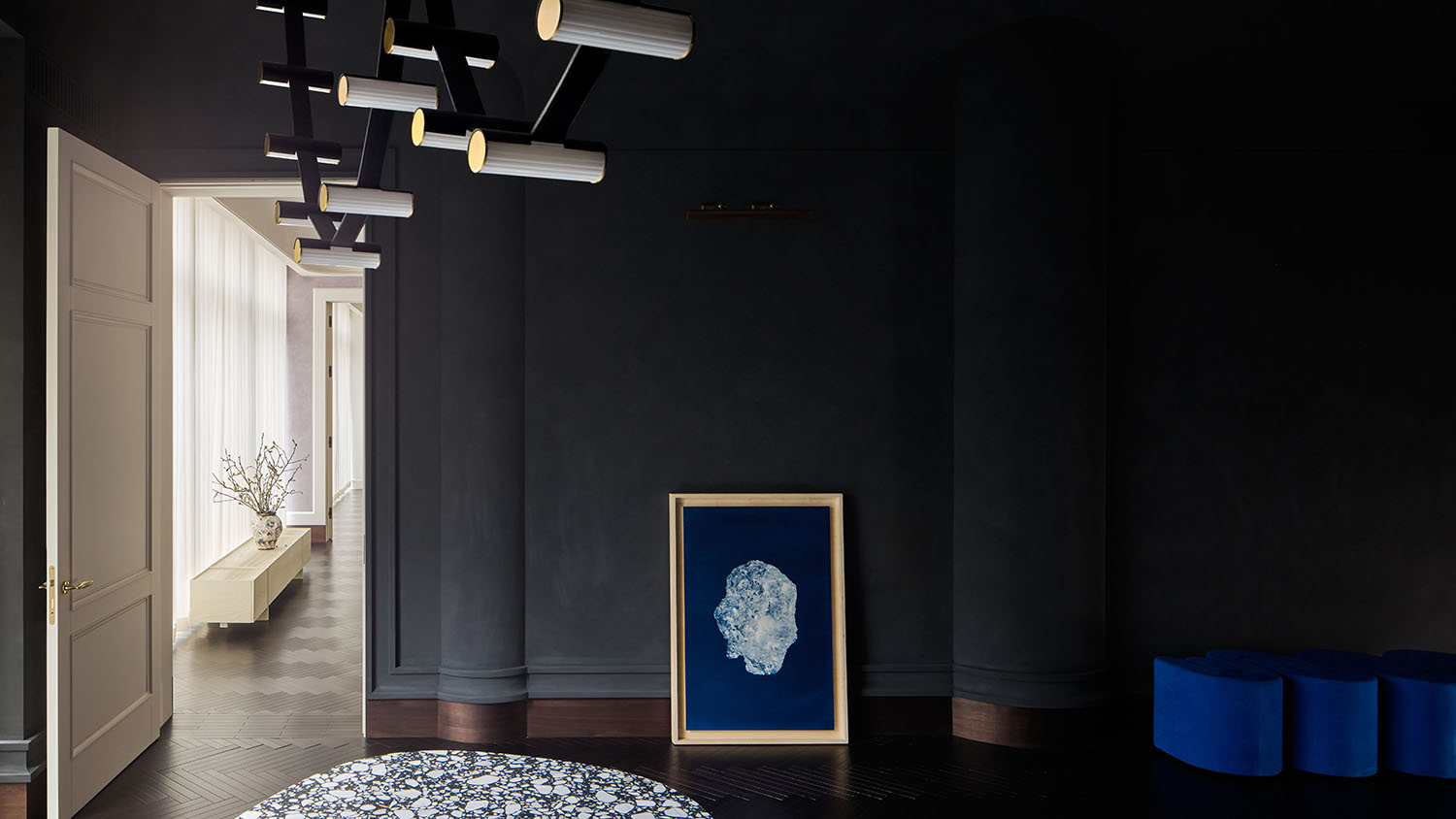
Furthermore, the design reflects a profound contemplation on authenticity and imperfection. The use of natural materials—marble, raw wood, genuine leather, and silk—underscores a connection to nature and a celebration of the organic. The designer advocates for sustainability, frequently restoring and repurposing existing objects rather than creating new ones. This approach not only breathes new life into objects and spaces but also aligns with a philosophy of renewal and harmony with the environment.
